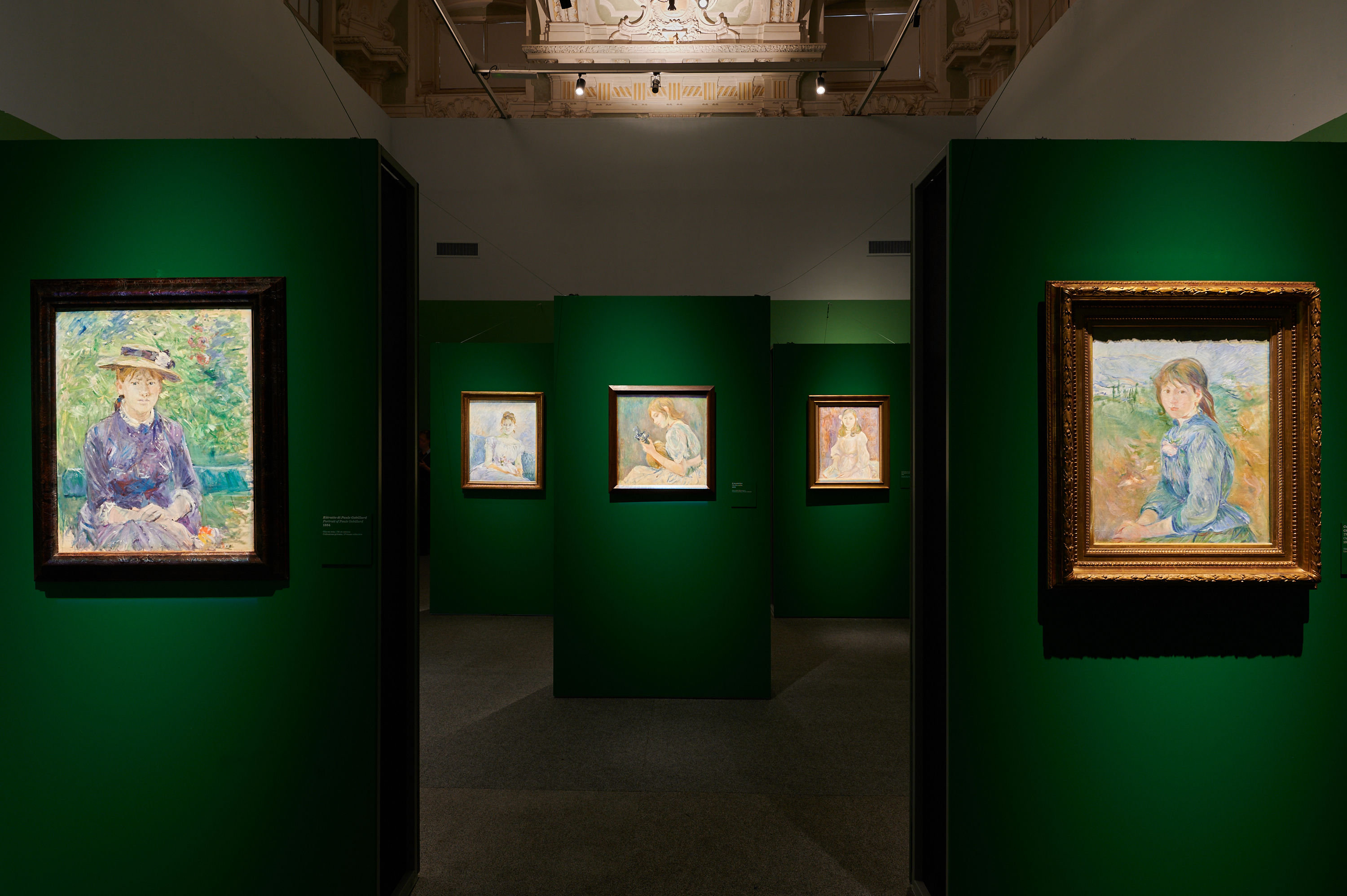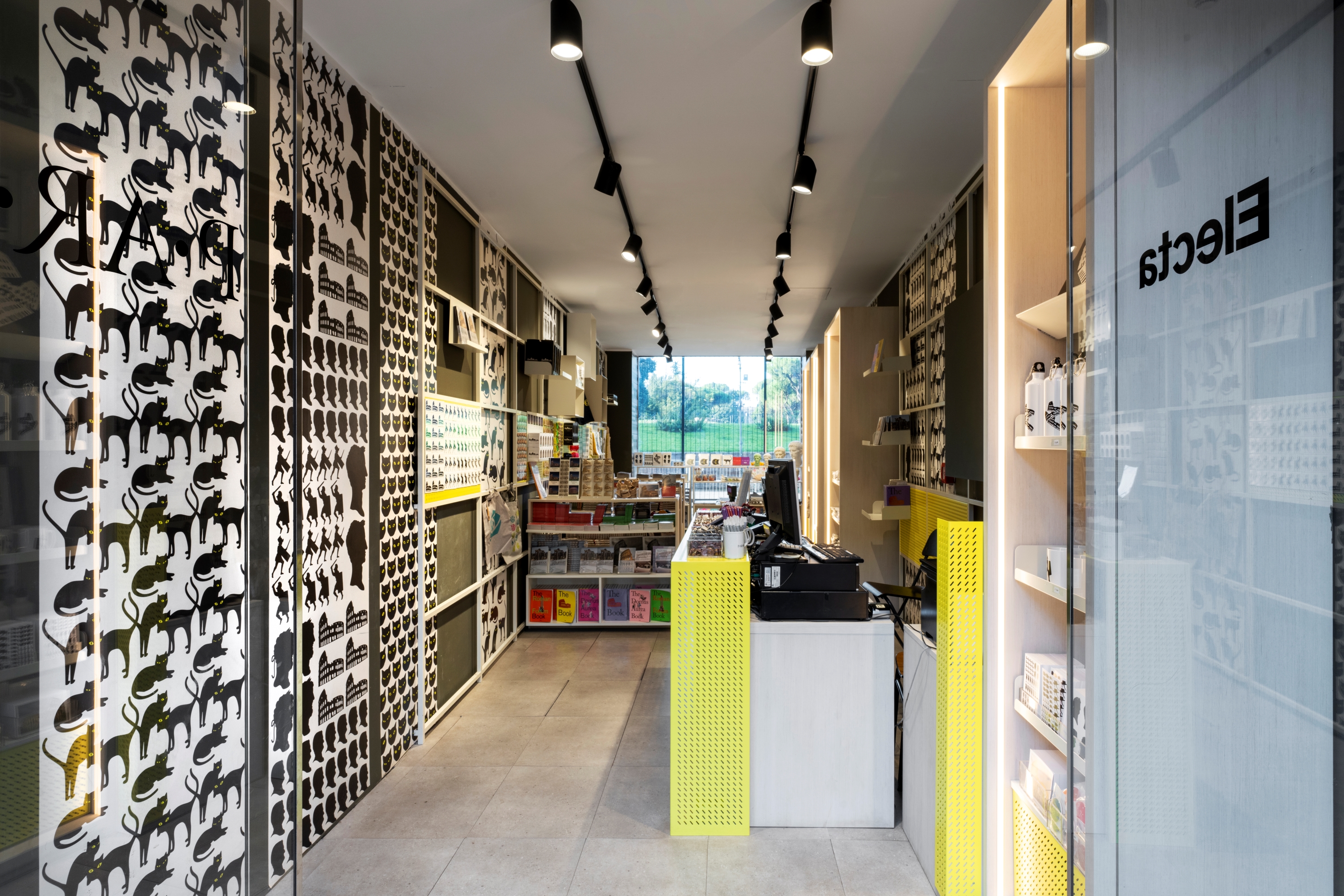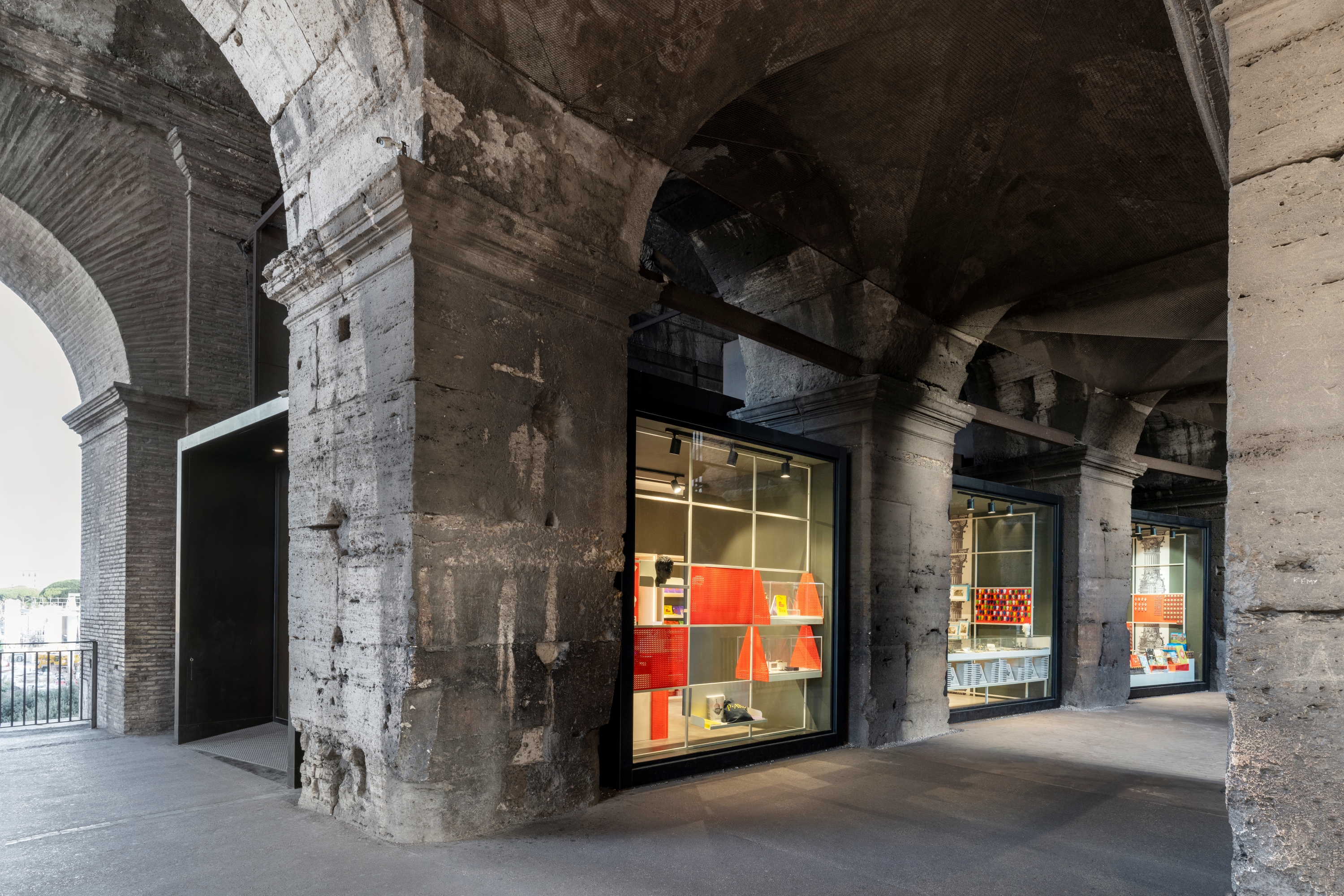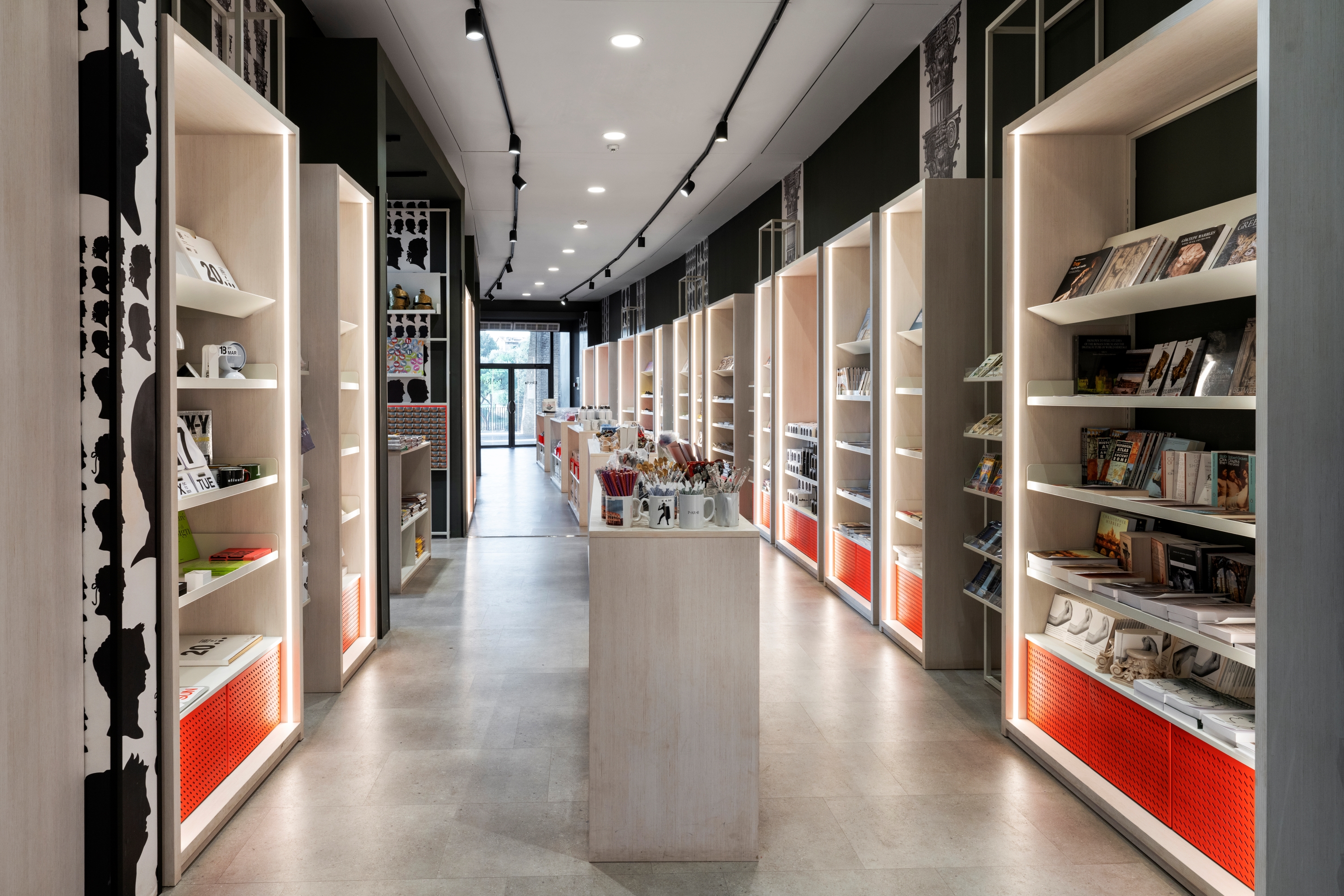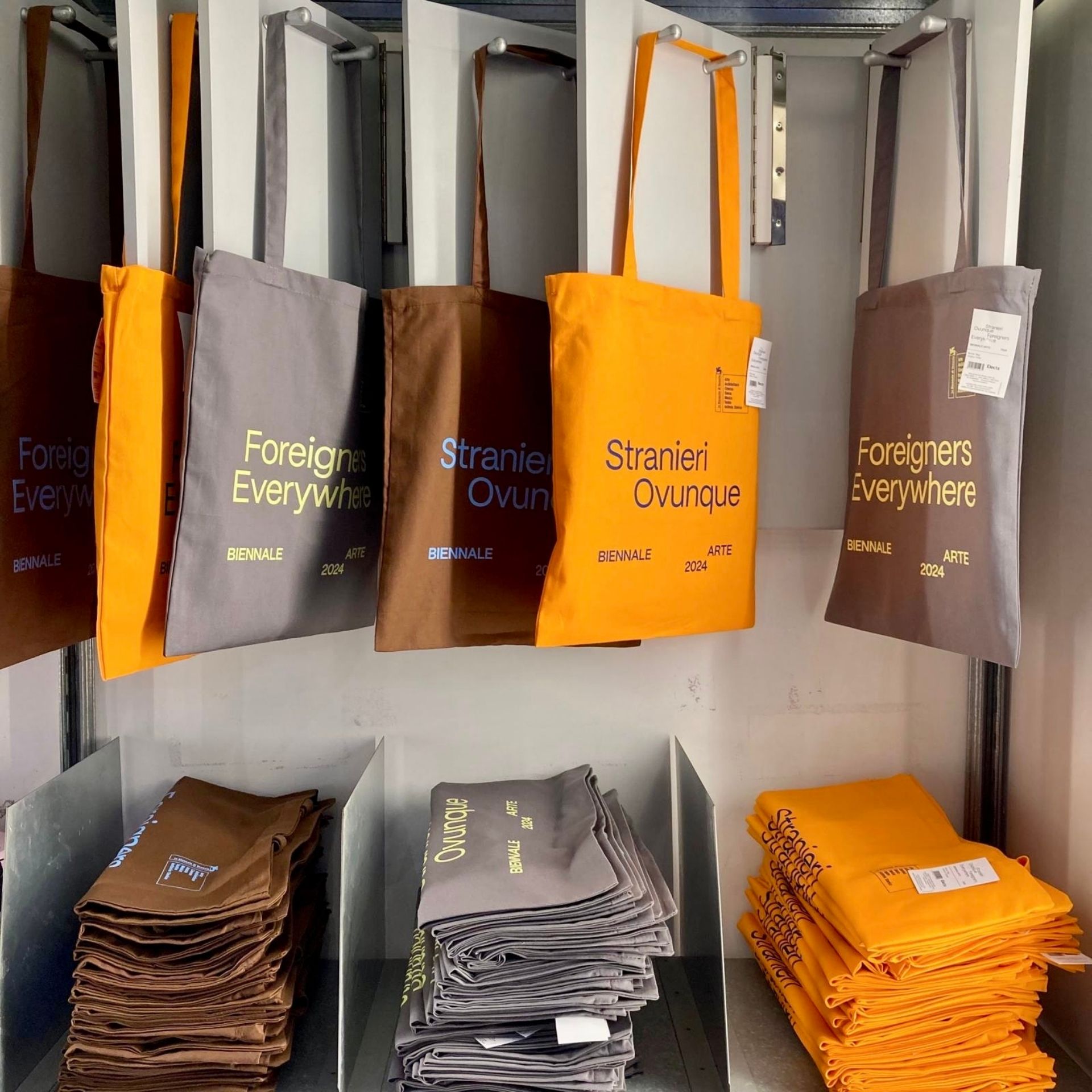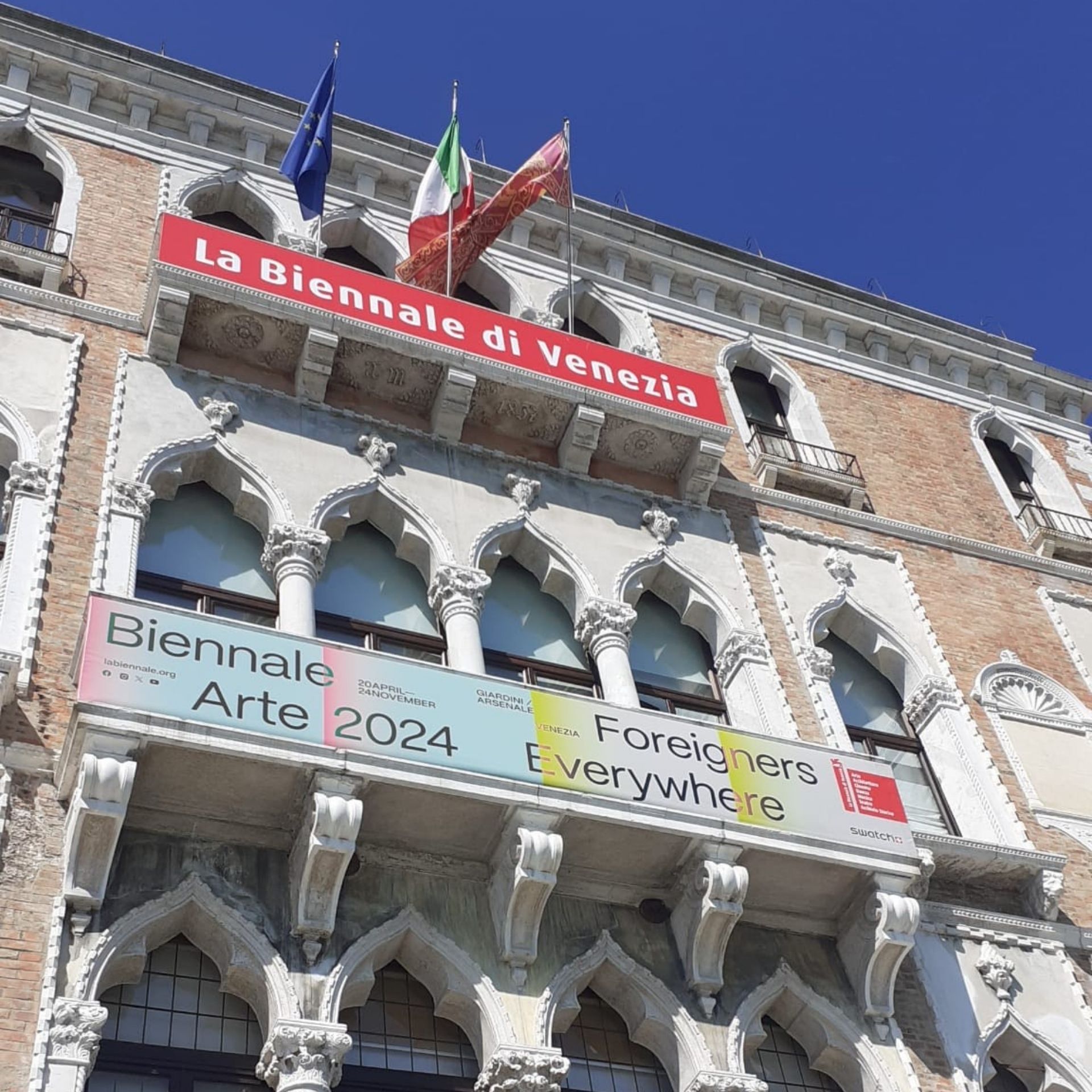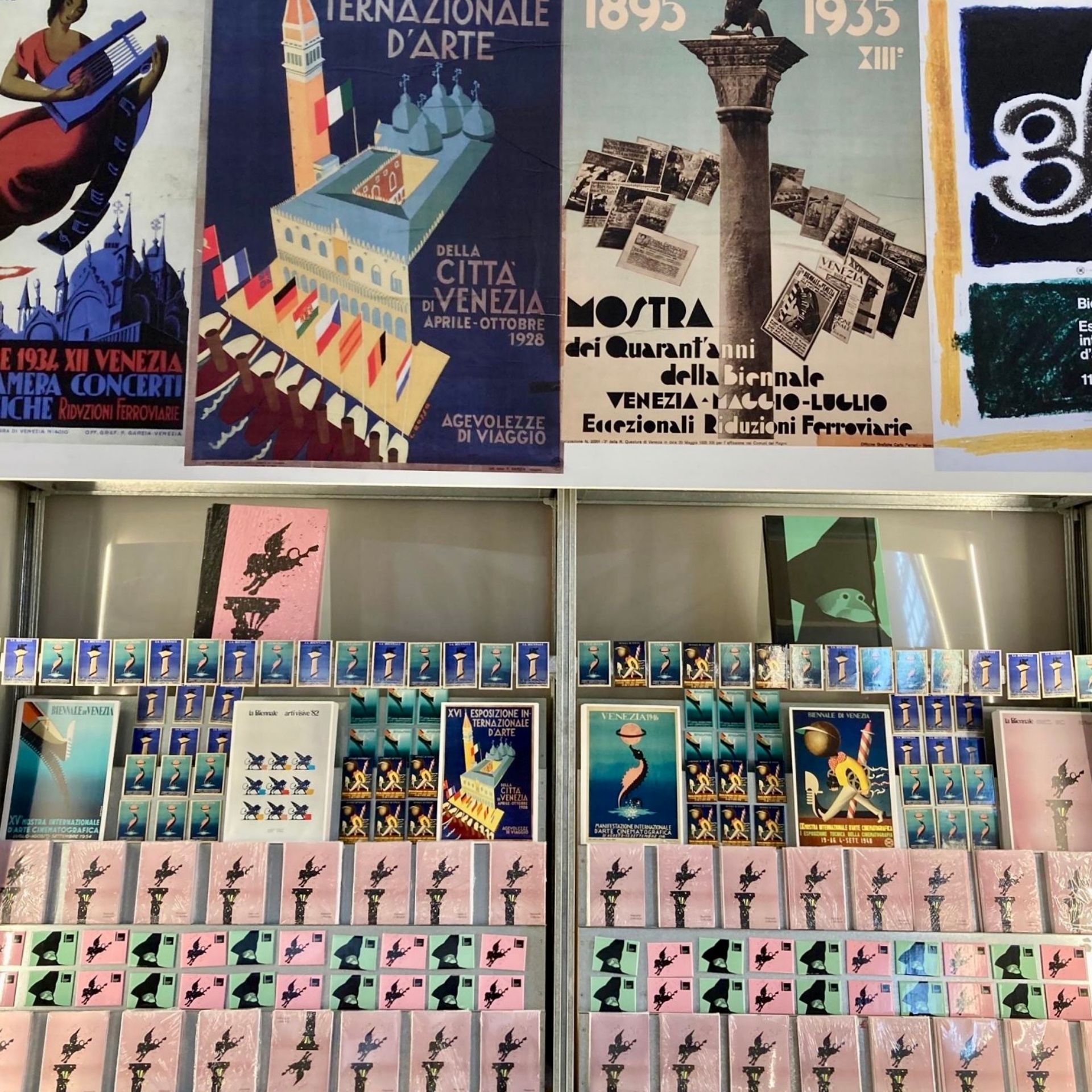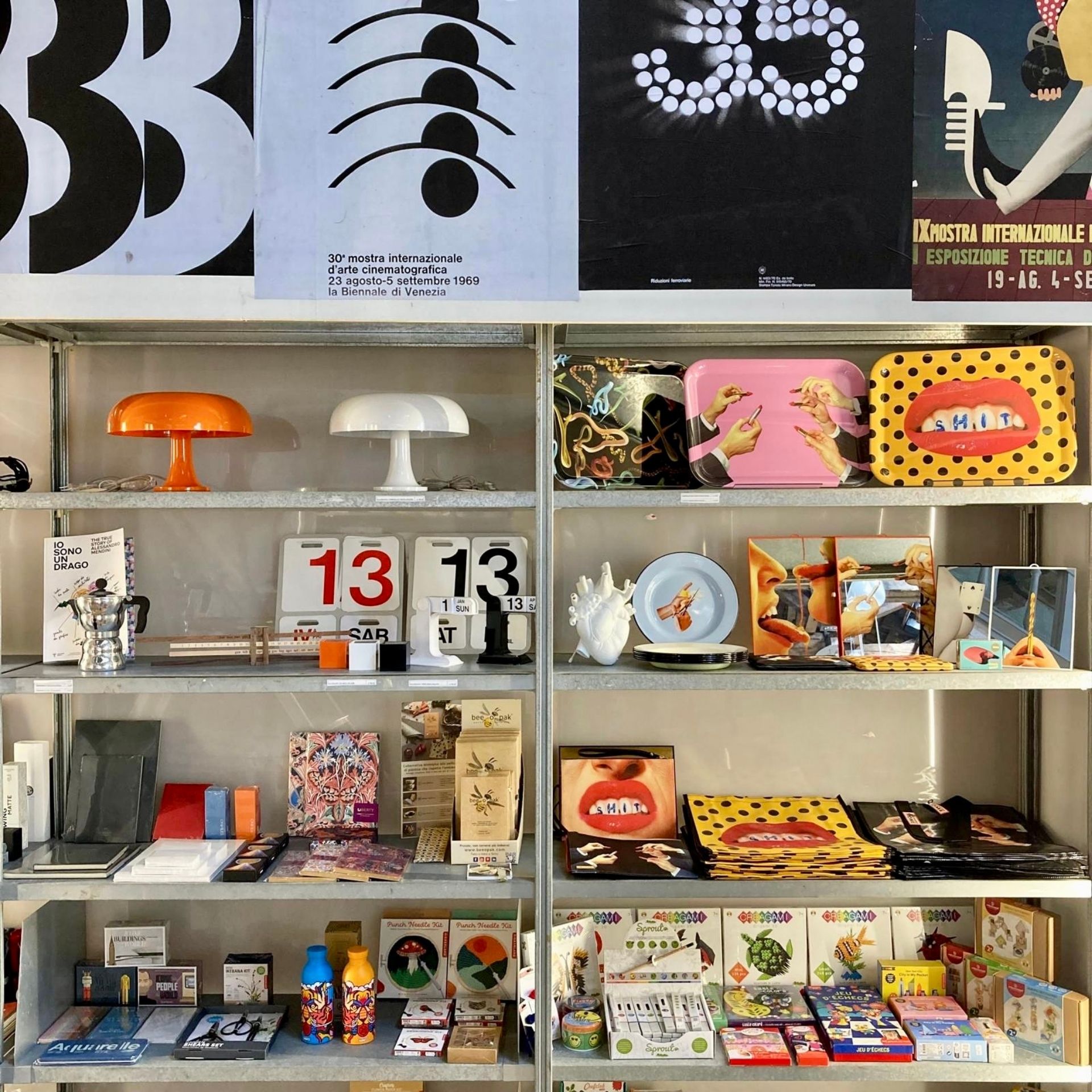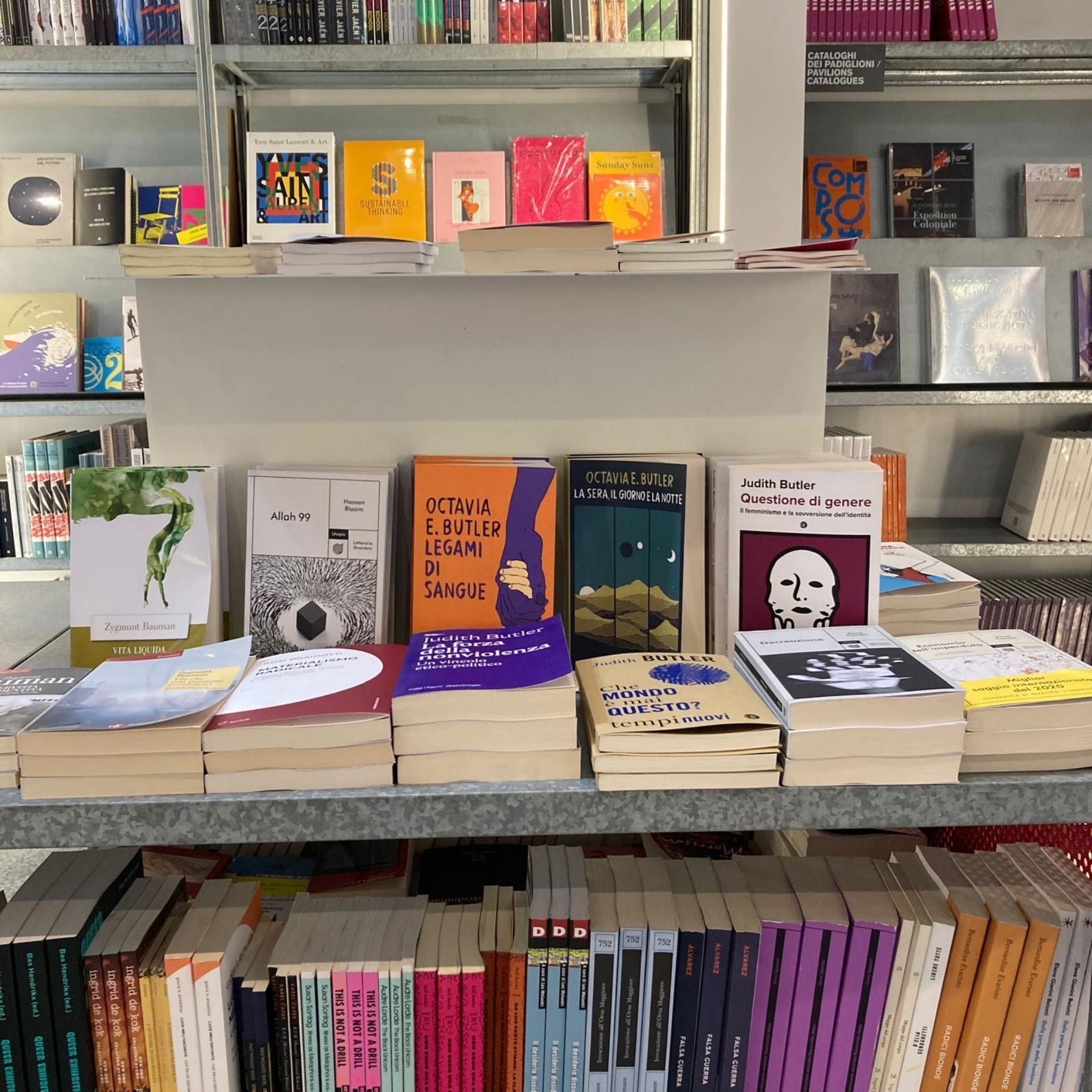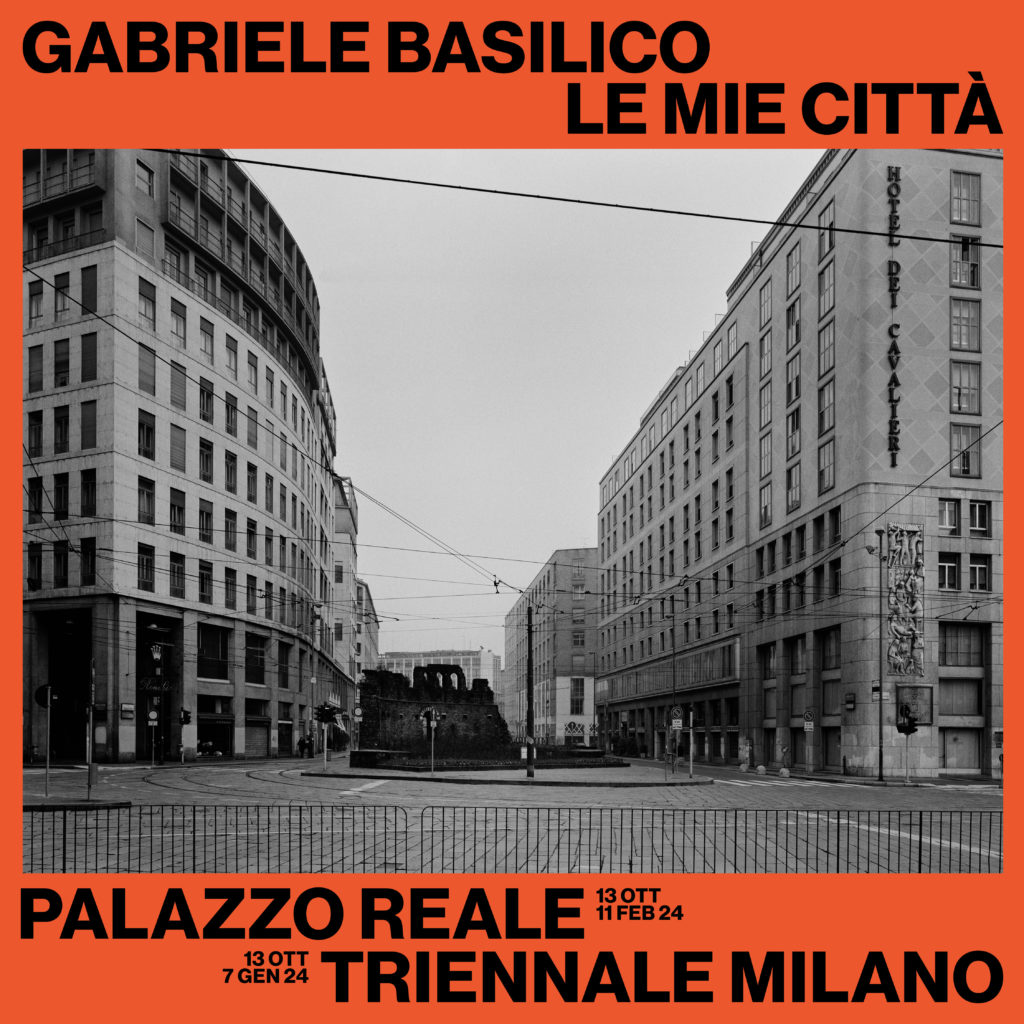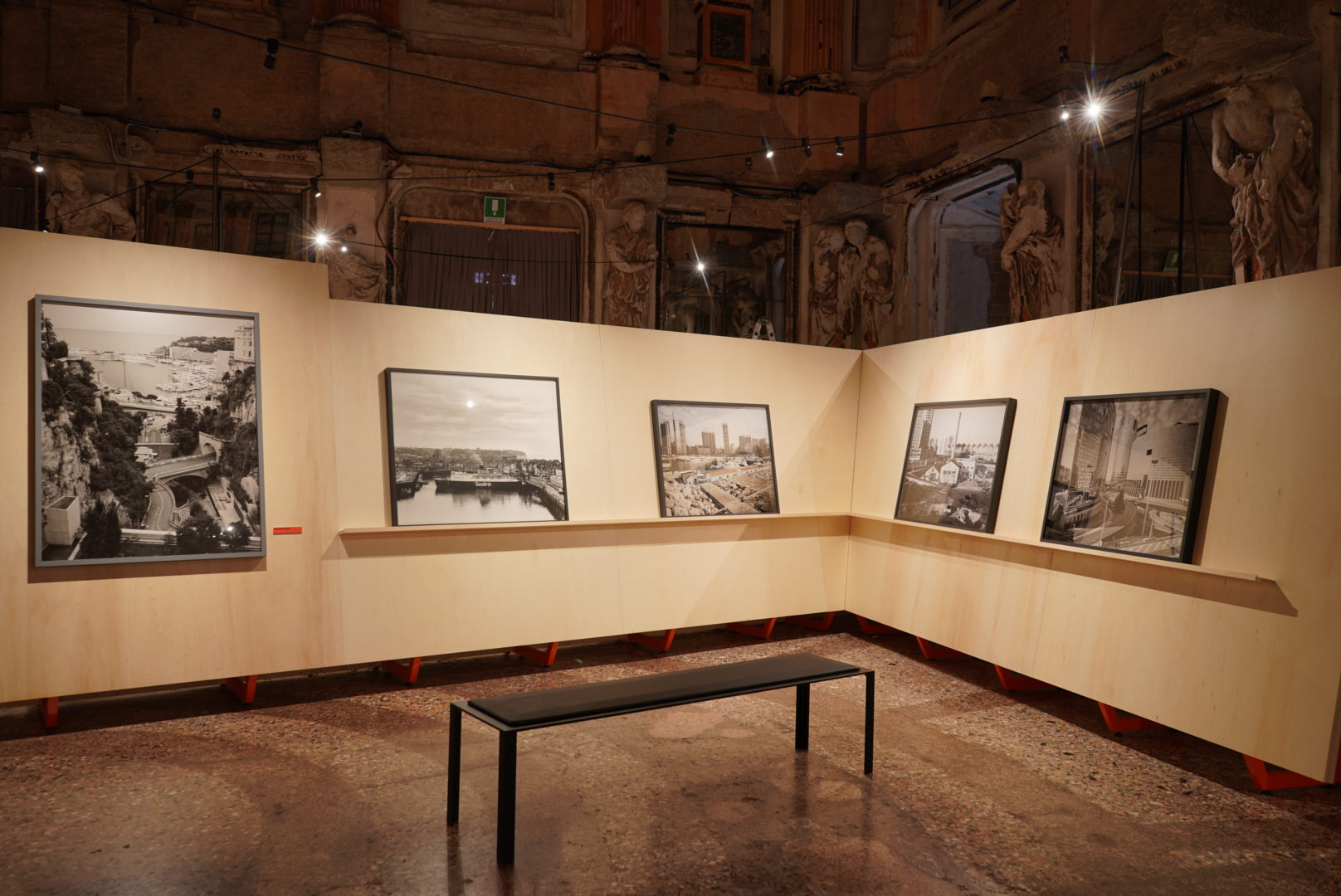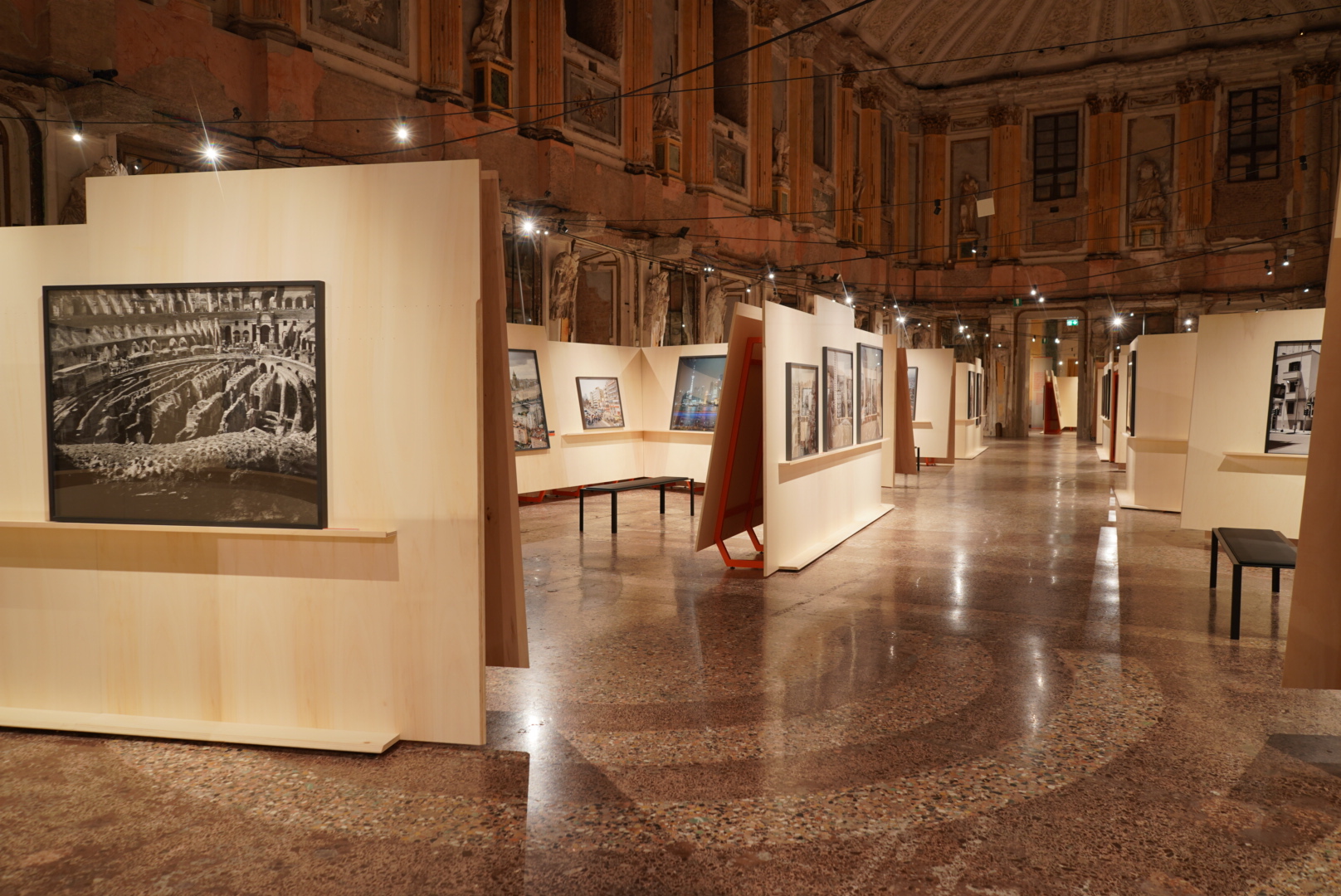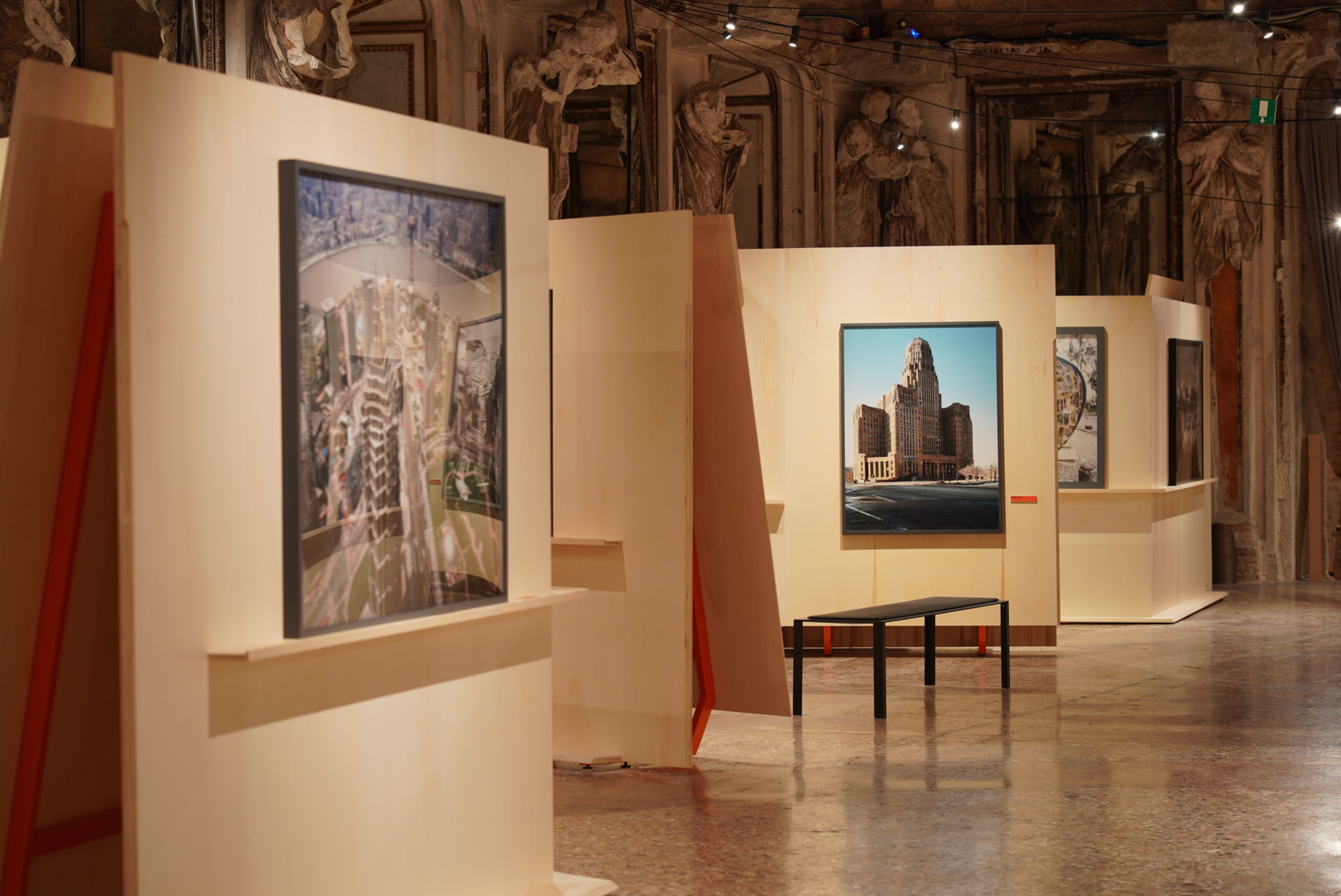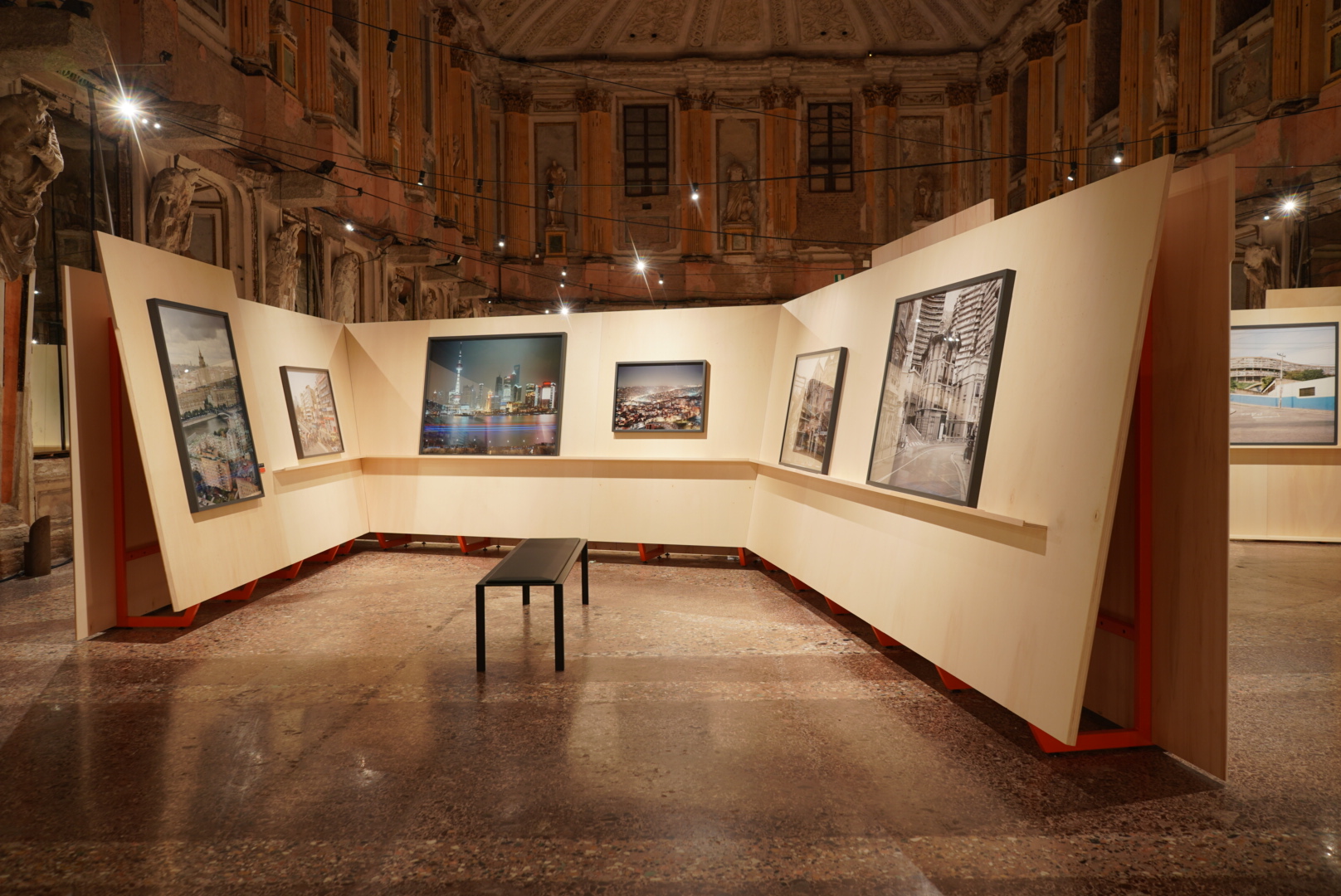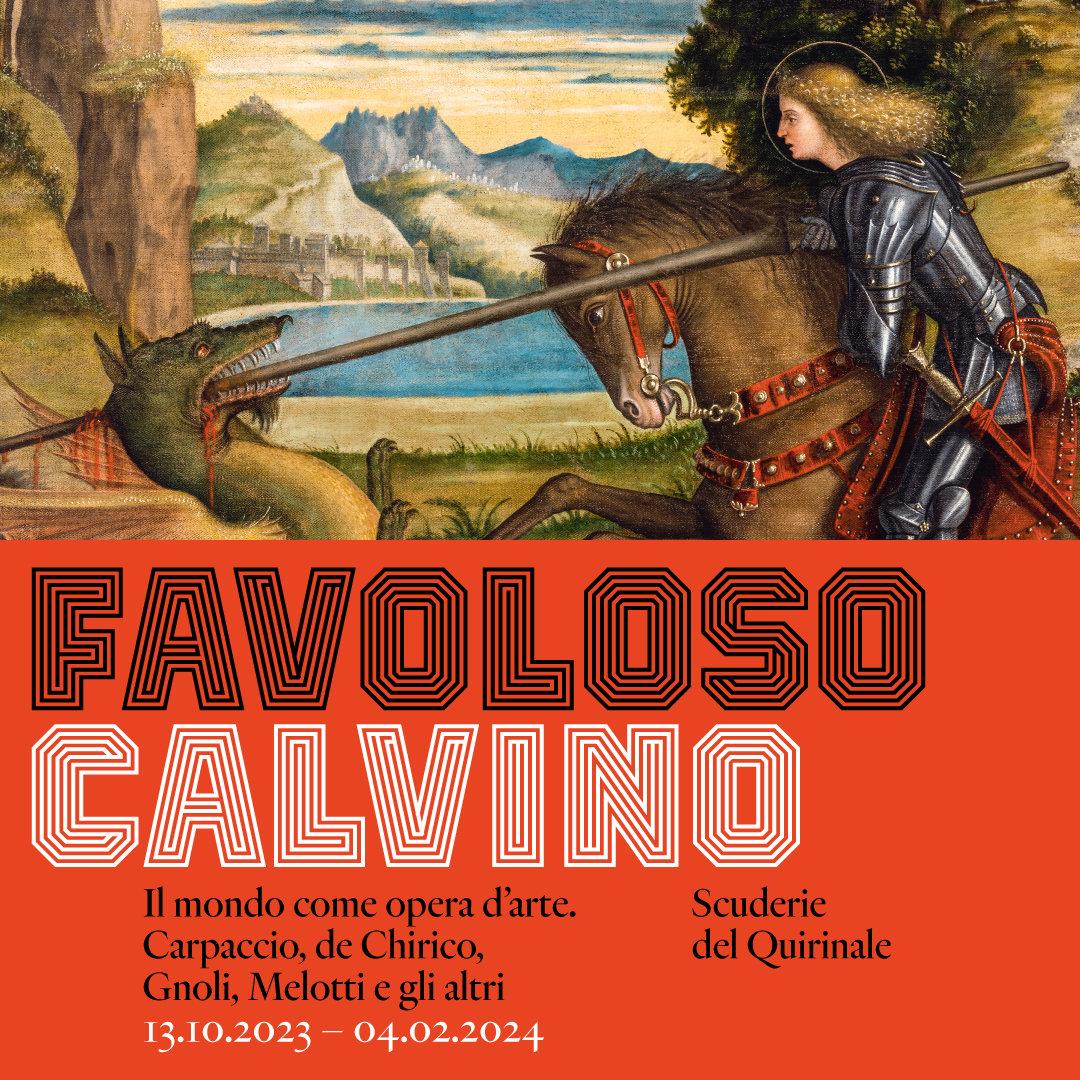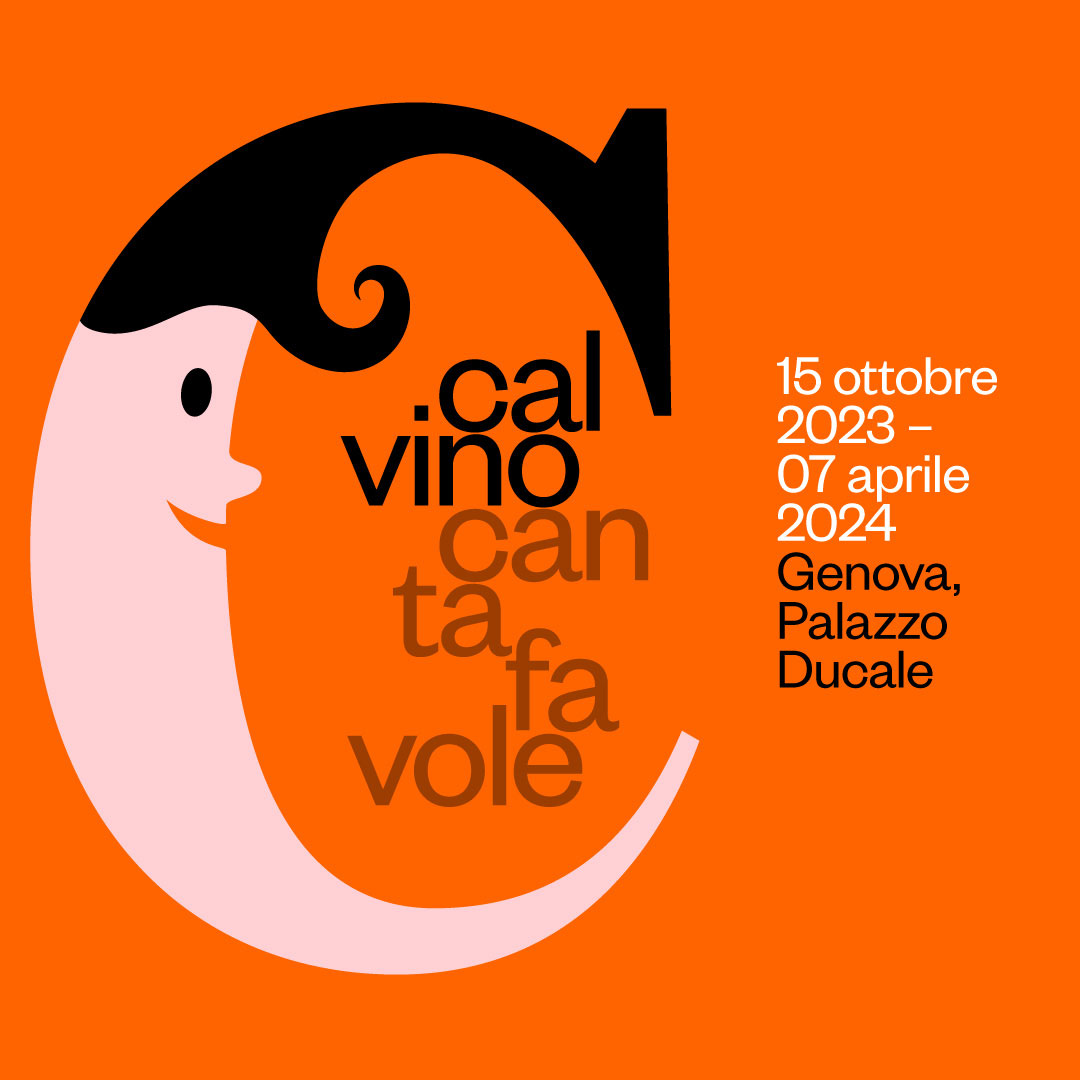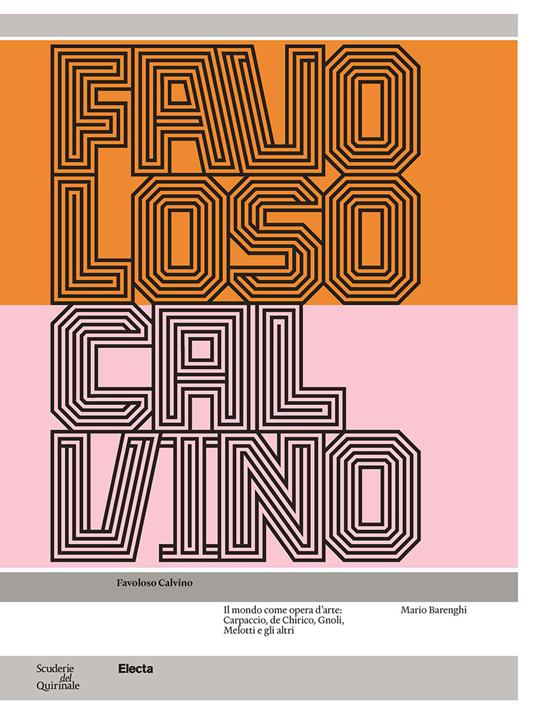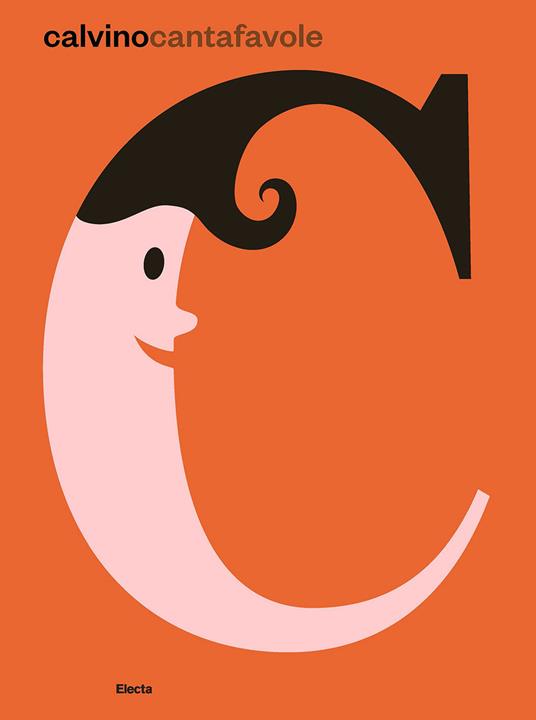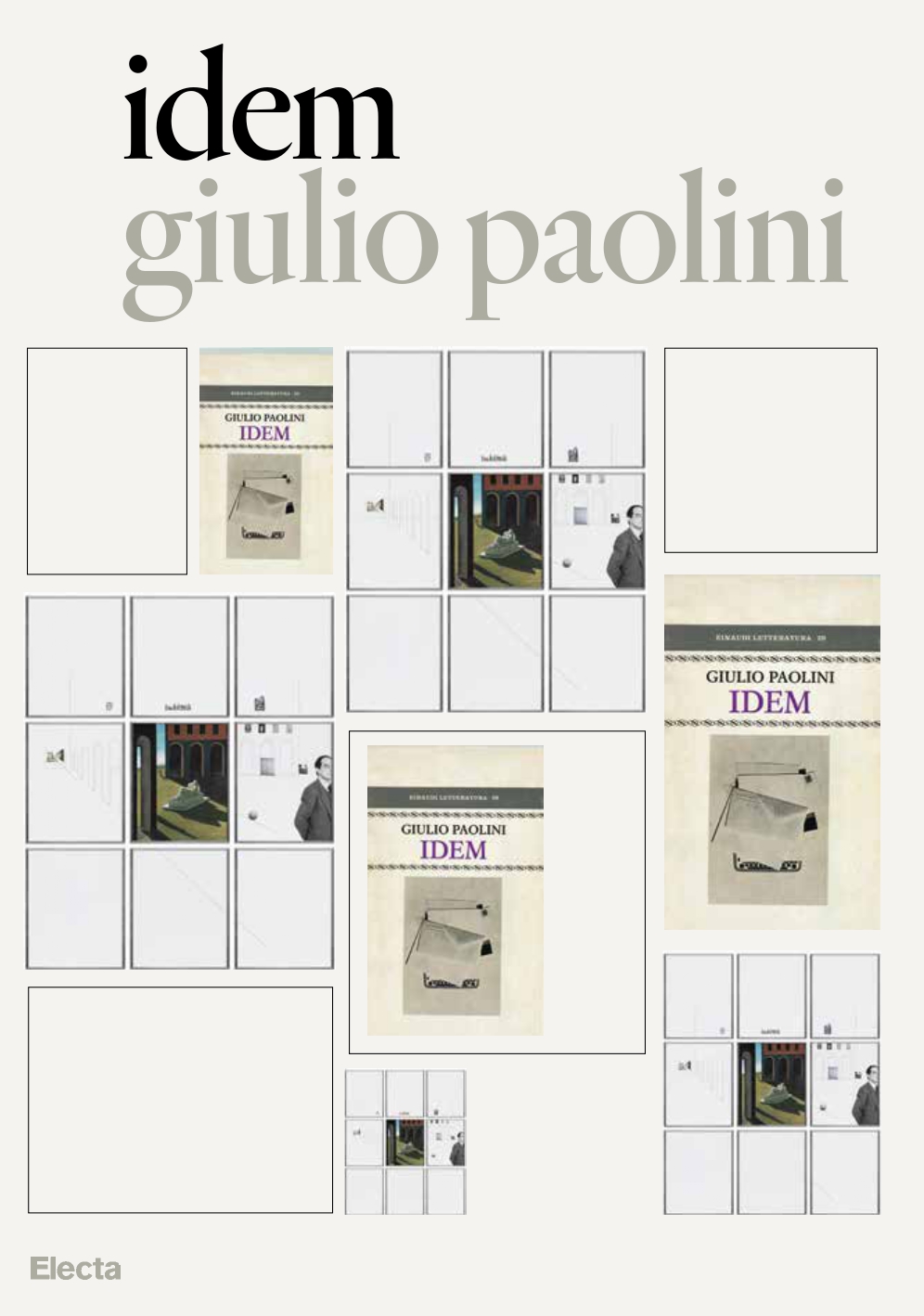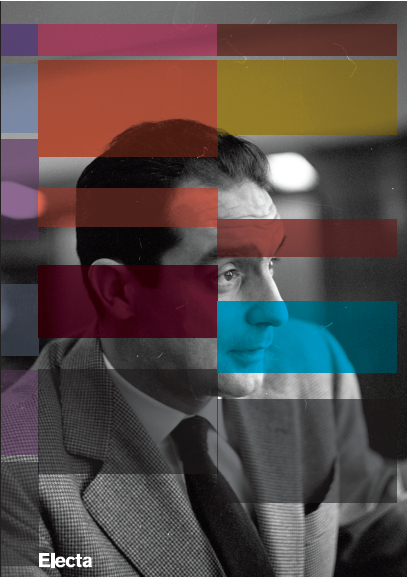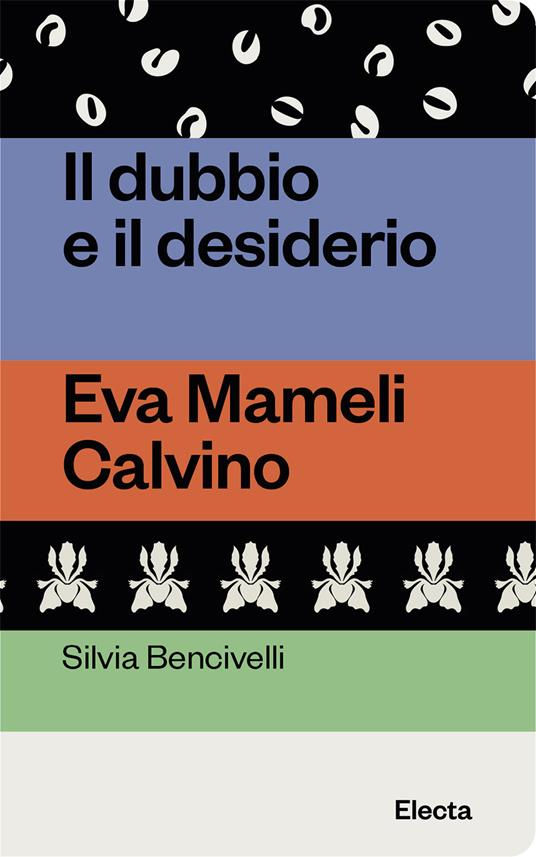The new look of Electaphoto monographs
The restyling of the Electaphoto monograph series, designed to reconstruct a ‘cultural’ history of 20th- and 21st-century photography, is available from 3 December
The Electa publishing house is proposing a new project for the Electaphoto monograph series dedicated to leading contemporary photographers. Alongside the most famous names, there is also a series of little-known photographers, brought to light by careful studies with the aim of telling a ‘cultural’ story about photography in the 20th and 21st centuries.
The books, designed to be read and looked at, interweave text and images in a dialogue between languages, offering a new perspective on the photographers’ works and lives.
Mario Dondero (1928-2015)
Archaeologist, art historian and series editor Nunzio Giustozzi, together with Laura Strappa, curator and expert in photography and visual culture, will be the editors of the volume dedicated to internationally renowned Italian photojournalist Mario Dondero.
His monograph, divided into four sections, is distinguished by contributions from the most authoritative voices in journalism and culture, accompanied by a careful and extensive selection of photographs chosen by Dondero himself. This volume is the first comprehensive catalogue of his extraordinary work, organised chronologically and geographically to offer a visual narrative of the political, cultural and social events that shaped the ‘long’ century, chronicled through his lens.
Martha Rocher (1920-1990)
For the first time, Elisa Genovesi, an Italian researcher, and Raffaella Perna, a contemporary art historian and lecturer at the Sapienza University of Rome, will present the work of photographer and artist Martha Rocher, who interpreted the artistic and cultural panorama of 1950s Paris and 1960s Milan.
The selection of more than 250 black-and-white photographs, chosen from more than 1,600 prints kept in her private archive, depict the work and ateliers of the major exponents of the Avant-garde movements, including Yves Klein, Sonia Terk Dalaunay, Meret Oppenheim, and many others, offering an overview of the artistic climate of those years.
Giovanni Chiaramonte (1948-2023)
This series will also include the first major monograph on Giovanni Chiaramonte, the Italian photographer known for his philosophical approach, by internationally renowned Italian art historian Arturo Carlo Quintavalle in collaboration with the artist’s archives.
More than 400 selected photographs, some of his texts and an essay by Paolo Barbaro on Chiaramonte’s photographic focus on architecture have been organically arranged to make this volume complete and unique, testifying to one of the finest and most extraordinary perspectives in contemporary photography.
